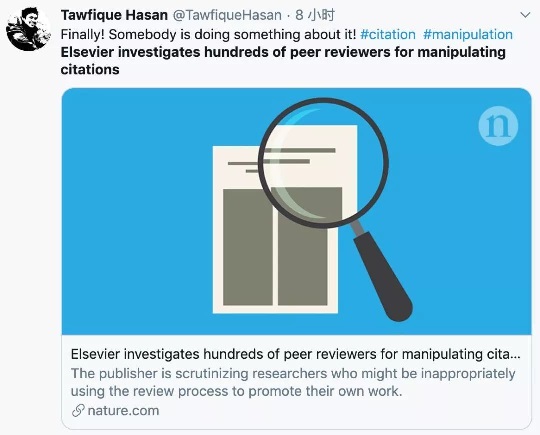Scientists are trying a new approach to developing vaccines that could lead to the production of a flu vaccine capable of effectively targeting a wide range of flu viruses. This could then be helpful in curtailing hospitalizations and reducing healthcare costs.
The radical approach that UCLA scientists are developing involve identifying and eliminating the defense mechanisms of a virus at the genome level. In their study, which was published in the journal Science, scientists altered influenza virus to stimulate strong immune responses in animals.
UCLA scientists first focused on identifying the parts of the influenza virus genome responsible for its anti-interferon properties — a process that took four years to realize. After determining the functions of every amino acid in the influenza virus genome, scientists deactivated the sequences that hamper the stimulation of interferons in the immune system. This way, they could ensure that interferon production would be greater when the vaccine is used.
Interferons are proteins released by cells in response to entry of viruses into body. They are the first line of defense against invading viruses, and they also coordinate the adaptive immune responses that lead to long-term protection against viruses. The latter principle is actually the one that is vital to vaccination, or the administration of antigenic material to produce a lasting protection against a disease.
The problem, however, is the fact that viruses are smart microorganisms. They have managed to develop their own ways to evade detection of the immune system, thereby limiting the stimulation of much-needed interferons to deal with them. For this very reason, UCLA scientists found the need for developing a new approach to creating vaccines.
“If viruses do not induce interferons, they will not be killed in the first-line defense; and without interferons, the adaptive immune response is limited,” the study’s senior author Ren Sun, who is a professor of molecular and medical pharmacology at the David Geffen School of Medicine at UCLA and of bioengineering at the UCLA Henry Samueli School of Engineering and Applied Science, said. “For these reasons, viruses have evolved strategies to evade detection and limit the production of interferons by host organisms.”
It’s worth mentioning that researchers have been disabling genetic sequences that prevent interferon induction for some time now. Unlike before however, UCLA scientists are disabling multiple interferon-evasion sites on the virus. “Other researchers have knocked out one anti-interferon sequence, but we knocked out eight locations by changing one amino acid at a time,” the study’s first author Yushen Du, who recently earned her doctorate at UCLA, said.
According to the study, the engineered influenza virus that no longer has interferon-evasion functions generates very strong immune responses. The virus is of course weakened in typical hosts to ensure that it is safe as it is effective. “With this approach, the safety and efficacy requirement of vaccines can potentially be achieved simultaneously. In traditional vaccine development, one is usually sacrificed for the other,” Sun explained.
The new approach has helped UCLA scientists develop a vaccine candidate that could be used against flu viruses. “Because the variations of seasonal influenza viruses can be unpredictable, current vaccines may not provide effective protection against them. Previous pandemics and recent outbreaks of avian influenza highlight the need to develop vaccines that offer broader, more effective protection,” Sun said.
The vaccine candidate still needs thorough evaluation and it also needs the approval of the FDA before it can be circulated commercially. For now, Sun and his colleagues are focused on testing the vaccine in animals with two strains of influenza. After this, they could move to doing clinical trials with humans. Sun is also encouraging other scientists to try the new approach in creating other vaccines for a wide range of viruses.
The flu vaccine could get a much-needed boost
New approach developed at UCLA could help curtail hospitalizations due to influenza infection





















